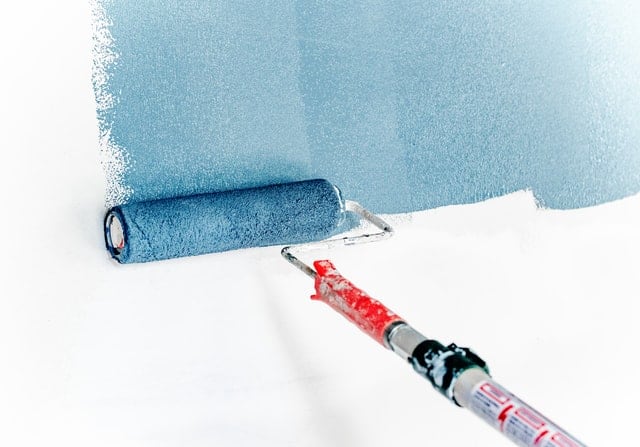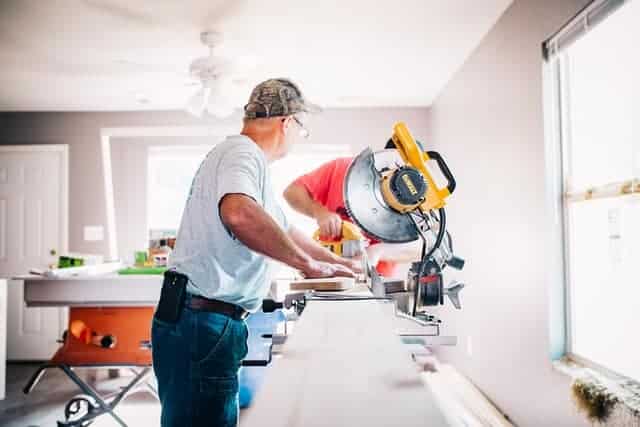Renovations are a great way to make your home or space more practical, comfortable, and energy efficient, but they can also impact your furnace. When you’re planning renovations, take some time to protect your furnace so it doesn’t get damaged. The last thing you want is added costs and hassle once you have finished an expensive reno project.
Here are five steps that will help keep everything running smoothly during the renovation process.
1. Be Mindful of Where Materials and Tools Are Stored
If you’re planning on renovating, it’s essential to be mindful of where the construction materials and tools will be stored. The safest place is in a shed or garage at least 50 feet away from your home, with the doors closed tightly so dust can’t escape. This is particularly vital when renovation work is around a furnace, as construction dust can get into the vents and cause problems.
Any materials and tools used should be covered with a tarp or plastic sheet so nothing can get lodged into the furnace vent. This simple step can help you avoid unnecessary furnace repair or even furnace replacement. A good rule of thumb is to always keep the area around your furnace clear and take any safety precautions necessary to keep it clean.
2. Cover Up Vents and Air Ducts During Construction
Covering your vents and air ducts when work is getting started nearby will keep debris from getting in or coming into contact with the hot surfaces, as well as ensure there are no interruptions to your furnace’s functioning. It’s also a good idea to cover any exposed or unprotected gas lines before, during and after construction because these can lead to fires if they’re not properly covered.
Whether you’re doing DIY home renovations or you’ve hired a contractor, it’s important to know how the work will impact your heating and cooling system. This includes any changes in airflow, electrical lines or ducts that are being moved around. If you’re unsure of what needs to be done, it’s best to consult with a professional contractor beforehand.
3. Clear Any Debris or Dirt and Avoid Additional Stressors
If you’re planning on renovating any part of your home, make sure to clear away any debris or dirt from around the furnace. As a general rule, never use ladders near furnaces (especially open flames). Ensure that electrical wires and gas hoses for appliances don’t come into contact with these surfaces either. Be aware of the furnace’s location before you start any work.
If you’re renovating an area near your furnace, take care not to expose it to any additional stressors. If electricity is being used nearby, for example or if there’s construction going on nearby, make sure that the heat from these activities doesn’t reach your furnace. Also, be sure that the construction workers are aware of these precautions and avoid standing in front of or near any heating units during this time.
4. Remove All Combustibles, Including Paint and Gas Cans
Ensure that all combustibles such as gas cans, paints and paint thinner are removed from the area so that they will not be knocked over by accident or otherwise disturbed. Be sure to protect the area around any gas lines, including those under sinks and cabinets where pipes may be located. You don’t want to start a fire that could put you out of your house or cause damage.

Furnace heat exchangers (which are located on top of the furnace) can be damaged if they contact paint thinner, gasoline or any other flammable liquids. There is a risk that this could ignite and spread into your walls, causing significant damage to your home and belongings. Keep pets and small children out of the area with precautions such as plastic sheeting or gates.
Safety Is a Priority When Working Around a Furnace
In conclusion, it is important to take special care when working around a furnace. Failing to do so can lead to injuries and costly repairs. So, be sure that you are aware of what’s happening in your home while renovations are being carried out around your furnace and HVAC systems. Safety precautions must be followed to ensure your renovations are completed without complications.

